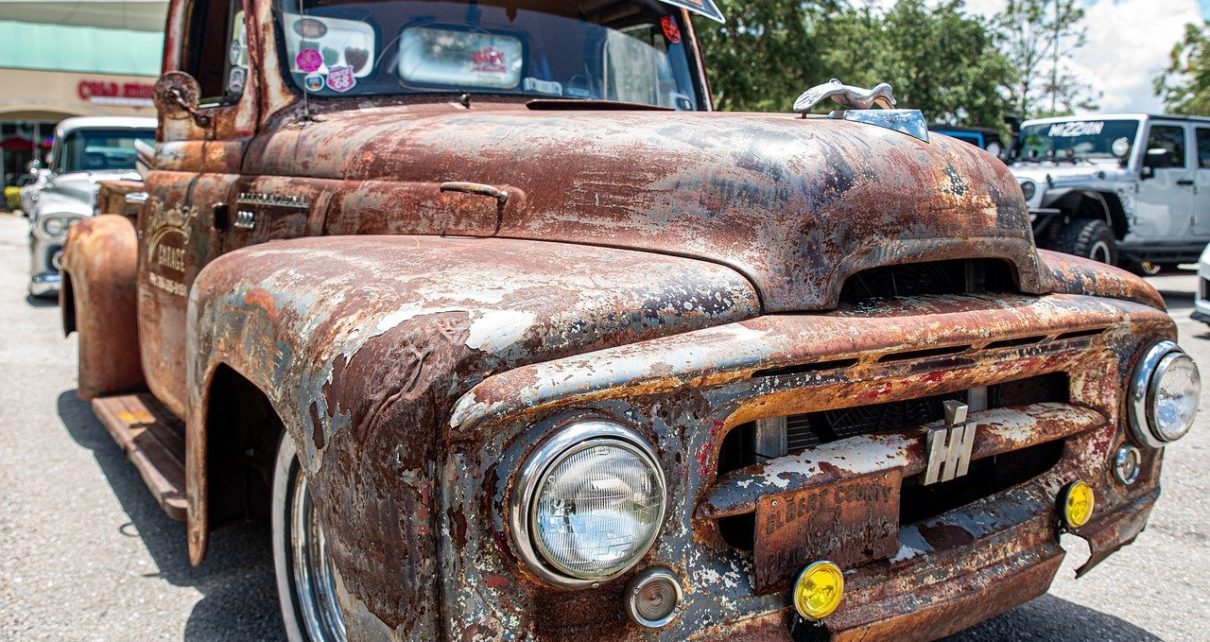Auto body paint can be tricky. Preparing a vehicle for painting properly will help reduce the need for car paint repair afterward.
Below surface paint, defects such as swirl marks mask a vehicle’s actual color, gloss, and reflectivity. These topical contamination layers can feel like light grit sandpaper in heavy concentration.
Delamination
You take great pride in your car and wash it regularly, use waxes, and keep up with paint repair when rock chips or dings appear. Despite your best efforts, you’ve noticed some areas where the paint seems peeling and flaking.
This is a significant problem known as delamination, and it’s hazardous for your vehicle. It occurs when a layer of your paint, primer, or clear coat stops adhering to the surface and comes undone. As it breaks apart, moisture seeps into the exposed metal and starts rusting.
It’s not enough to spray a clear coat over the affected area. It would be best to have it adequately repainted, which means the auto body shop Denver CO will likely have to repaint the whole panel.
Fish Eye
The acidic contents of bird droppings can be highly damaging to paint, especially if left unattended. Using a soft cloth and mild detergent, gently clean the area of the drop. Avoid scrubbing, which may cause scratches. It’s also a good idea to avoid automatic car washes and charity wash facilities whose abrasive brushes can leave behind scratch marks.
A fish eye is a cosmetic defect in the finish that appears as small circular craters that look like a fish’s eye. It occurs when a coating’s release agents do not entirely remove the contaminants from the substrate before painting or plating. Fish-eye can be reduced by improving the spray technique and allowing proper flash times between coats. It can also be prevented by reducing the water used on a surface and not touching paint with contaminated gloves.
Cratering
Cratering appears as a series of small holes in the paint coating, sometimes looking a bit like dried mud. While there’s no fix for cratering once it occurs, you can try to prevent it by using a degreaser or cleaning solution with a terry towel before touching your car’s painted surface.
Like pinholes, cratering is caused by contamination at the metal-paint interface. This contamination can be caused by several factors, including improper substrate cleaning, oily overhead chains in an auto repair shop, smoking ovens, or contaminated air drawn into a spray booth.
Cratering can also be caused by contamination from bird droppings and insect body fluids, which contain high amounts of acid. These can cause etching on bare metal and discolor the vehicle’s paint over time.
Crinkling
If left unattended, car paint problems can lead to expensive repairs.
The cause of crinkling is the drying out of the clear coat, which then causes a visible cracking pattern that starts at one spot and spreads over the vehicle’s surface. This can be caused by an incompatible clear coat product or exposure to the sun and elements.
To avoid this, keep the vehicle out of the sun as much as possible and use a good quality wax. You can also use a degreaser cleaner to remove contaminants before sanding the surface. A good sandpaper grit will help even the paint, and a specialized wax or sealant will help protect it from further damage.
Bleeding
Bleeding is red or yellowish-looking spots that appear on a vehicle’s finish. It’s caused by the original paint showing through and requires sanding and repainting to resolve.
This problem happens when tiny air bubbles rise to the paint’s surface, creating a look that resembles an orange peel texture. It can be avoided by using a cleaner before applying paint, adjusting your spray gun for proper pressure and distance, and allowing adequate flash-off and drying time between coats.
Water spots are a common car paint problem that can be prevented using a clay bar, buffing, and regularly waxing your vehicle. Also, ensure you’re not using silicone-based brake fluid and that your nozzles are properly cleaned when filling up at the gas station.





